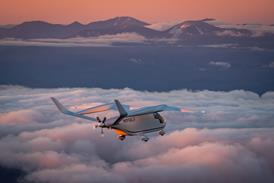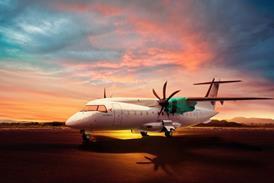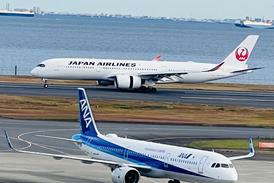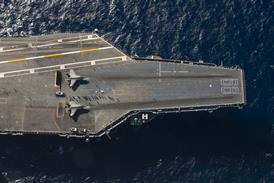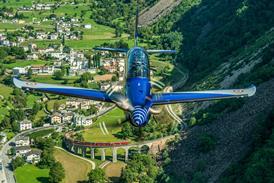As Commercial Aircraft Corporation of China (Comac) gets ready to select key suppliers for the 150- to 170-seat C919 twinjet it is no surprise to find Western aerospace manufacturers clamouring to get in on the action.
Propulsion is probably the aspect of the programme that requires most extensive Western input. Pratt & Whitney is pushing the V2500 from its International Aero Engines alliance, but could possibly win a place on the suppliers list with its own PW1000G geared turbofan.
Or, Comac could go with General Electric-Snecma joint venture CFM International, which is proposing the Leap X, which will replace the CFM56 generation of engines and is due to be ready for commercial service in 2016, a timetable which aligns perfectly with Comac's plans for its C919.
MORE THAN CFM
The CFM56 is a China success story, with 1,800 in service powering half the commercial jets in China. But for Snecma's parent, Safran, there is much more to the C919 - and to China - than CFM.
Safran's Turbomeca helicopter engines division first sold engines to the Chinese navy in the 1970s and has a relationship with what is now China's state-owned AVIC that goes back to the 1980s, when Turbomeca licensed the then-China National South Aero Engine (SAEC) to make its Arriel 1. That agreement later extended to Arriel 2s, and today, according to Turbomeca, it is the leading helicopter engine maker in China, and half the fleet there is powered by engines made by it or under licence. And, in September, the Safran division signed a memorandum of understanding with the Civil Aviation Flight University of China to develop a Turbomeca maintenance training programme at Chengdu.
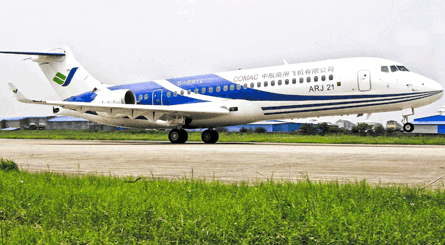 |
|---|
© Sipa Press/Rex Features |
CFM has negotiations underway with Air China to open an engine overhaul shop as a joint venture. This would replace Snecma's existing aeroengine maintenance shop in Chengdu.
Nexcelle, Safran's new CFM and other makes nacelles joint venture with GE, has signed a deal with AVIC to design and produce nacelles in China.
In addition, Safran group companies Messier-Dowty and Messier-Bugatti are to work with three AVIC subsidiaries on landing gear and braking systems with a focus in the short term on winning work on the C919. Through its Sagem business unit Safran is working on avionics and airport security systems for the Chinese market.
Already flying is Comac's ARJ21 regional jet, featuring a Safran flight-control system.
As for long-term ambitions, executive vice-president for aircraft equipment Yves Leclère says: "Safran's work in China is not just for the C919. We aim to develop long-term partnerships with Comac and other key players."
China accounts for about 1% of Safran's aircraft equipment business, but Leclère reckons the share could grow to 10%.
Growth of that order is not hard to envisage if Chinese airliner fleet forecasts prove accurate. According to AVIC, the Chinese fleet will grow fourfold in the next 20 years.
Aircraft of around 150 seats - such as the C919 - are likely to be the most numerous, but AVIC's estimates call for nearly 1,000 larger and 1,200 smaller airliners.
SUPPLIER CONTRACTS
But in the short term the C919 is generating most of the interest. Comac is expected to start handing out supplier contracts by year-end, and Leclère says Safran-AVIC will be ready to put forward a landing and braking system package in mid-October. This package would be worth between $2 million and $5 million per shipset, he estimates.
Ultimately, Safran is hoping the global success of CFM and its existing relationship with AVIC will convince the Chinese that there is a lot to be gained from looking to the company for partnerships beyond the C919.
Safran is tight-lipped about other projects, and says it may expand industrial sites it shares with AVIC or possibly build new assembly facilities if it wins C919 contracts. Leclère talks about a "well-balanced partnership with China" including technology transfer and training.
Leclère praises the country's willingness take on big projects. "It's like we did in the old days, in the 1960s, making things like Ariane or the TGV," he says.
Source: Flight International

